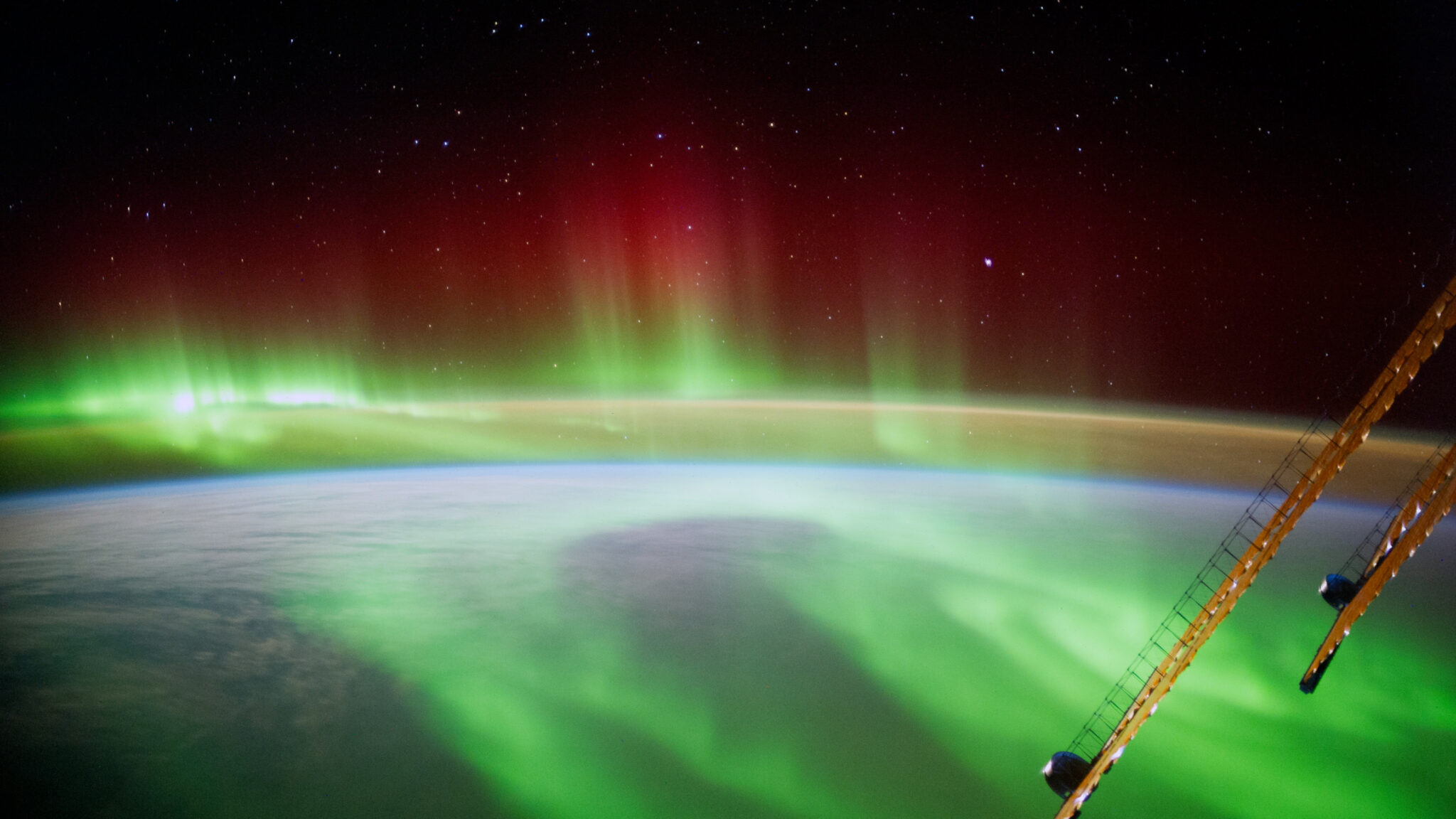The US Defense Advanced Research Projects Agency (DARPA) is going to launch several satellites to study radio signals in the upper layers of the Earth’s atmosphere. The project was named Ouija. As part of the project, satellites in low orbits will track high-frequency radio waves in the ionosphere.
The ionosphere is known because auroras are formed in it depending on solar activity and the Earth’s magnetic field. The Ouija program will focus on an area of the ionosphere with a height of approximately 300 to 400 kilometers — almost at the boundary of the orbit of the International Space Station.

Studying the behavior of radio waves in this space will be crucial for the effective operation of future fighter jets, DARPA representatives said in a statement. The spread of signals in the ionosphere is known to be unpredictable due to the high density of charged particles that can change the path of radio signals.
The next step for DARPA will be the need to create an effective antenna for satellites with a wide frequency range and low noise. However, it will be difficult to design such an antenna, since HF antennas optimized for high frequencies usually have a long length. And long antennas are more difficult to deploy in space, because they can create resistance in the lower layers of the atmosphere.
Ionosphere
According to Britannica, the term “ionosphere” was first used in 1920. Satellite studies of this field of the atmosphere began shortly after the first space launch in 1957 and continue to this day. Most of the early studies of the ionosphere were conducted by radio engineers and were caused by the need to determine the factors affecting long-range radio communication.
The density of the ionosphere varies due to solar activity and the 11-year solar cycle, which further complicates its mapping. It is expected that the Sun will reach the peak of its cycle in 2025, so the military is already recording a deterioration in long-distance communication, an increase in noise during transmissions, and in particularly serious cases, even satellite losses have been recorded.
Earlier, the eruption of the Hunga volcano affected the Earth’s ionosphere.
Follow us on Twitter to get the most interesting space news in time
https://twitter.com/ust_magazine
